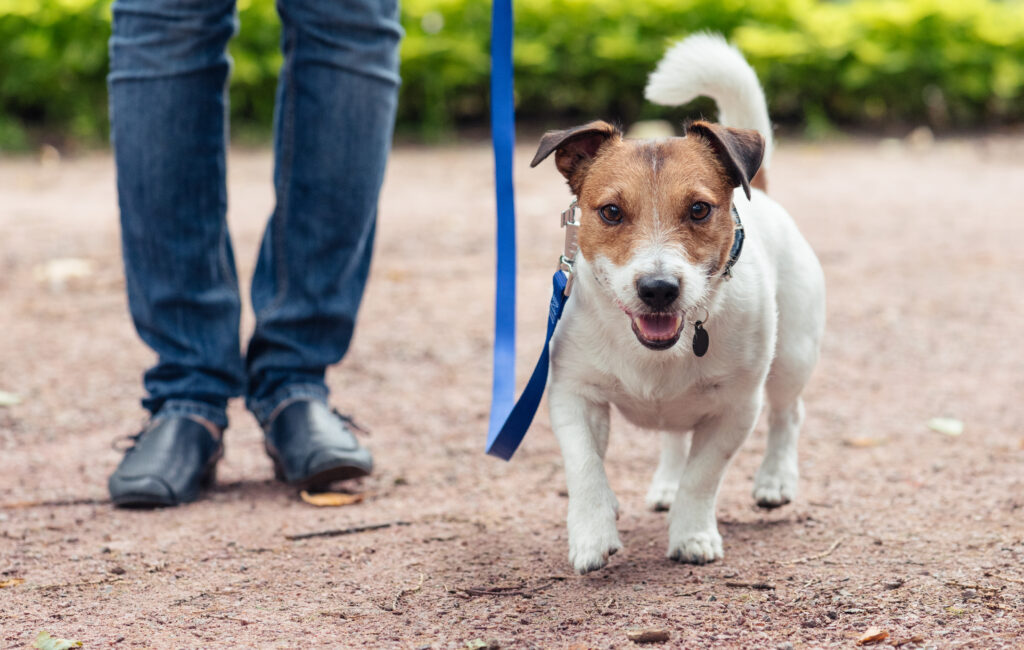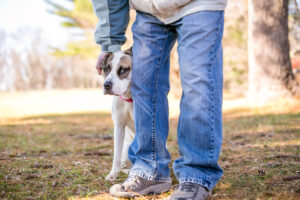We have spoken before about the benefits of dog training. Whether you’re looking to improve your dog’s obedience, resolve a serious behavioral problem, or take part in a new activity or dog sport, structured training is the best way to see progress in your pup.
One factor that dog owners – and indeed, dog trainers – should take into consideration is the length of their dog training sessions. When your dog is learning a new behavior, it is imperative to strike the right balance. If your training sessions are too short, there is little chance for the dog to accumulate the knowledge you are intending to teach them. On the other hand, training for too long means that the dog can become exhausted and becomes less receptive to new training techniques.
In this article, we’re going to look at how long your dog training sessions should be, and what factors can affect their duration.
What counts as a dog training session?
For the purposes of this article, a dog training session is a structured period of time that you have set aside to focus on working with your dog on an aspect of their behavior. While dog training can take place throughout the day in a variety of scenarios, a session is dedicated to improving that behavior.
The goal of a dog training session should be informed by your overall dog training plan. With puppy training, simply getting them to focus on your cues could be the sole objective of early training sessions. For working dog training endeavors, like search and rescue, training may involve your dog locating a missing person at the end of a trail. Both of these are examples of dog training sessions, even if they are markedly different.
How long should a dog training session last?
For training focused on obedience or behavior, sessions should last no longer than 45 minutes. This is simply because your dog is less likely to successfully retain information after this amount of time has elapsed. Within that training session, it is definitely worthwhile to take regular breaks to allow your dog to regroup and refocus.
Many dogs have limited attention spans and are prone to distractions. If you are training at home, then short, sharp bursts of 10 to 15 minutes throughout the day may be more effective (this is a major benefit of a Board and Train program, as trainers can work dogs multiple times during the day).
If a dog is being trained as a working dog – potentially as a live find Search and Rescue dog, or cadaver dog – then building stamina and motivation to work actually comprises a key part of the training program. On active deployment, these dogs may need to search for hours, so increasing distance and duration should form part of the training program.

Factors that influence session duration
If you’re trying to work out how long your training sessions should be, here are some factors that you should take into consideration.
- Your dog. For obvious reasons, your dog can have a large influence on how long a training session should be. Their personality, their age, their breed, and their ability to retain and apply knowledge all play a role in session planning. Puppies will inevitably become easily distracted or bored during training, so keeping sessions as short as possible will be beneficial.
- The type of training. Obedience and behavior modification training can work in shorter sessions, while detection and SAR dogs may necessitate longer sessions for problem-solving.
- The complexity of the behavior the dog is trying to learn. You can probably teach your dog to sit in a matter of minutes, but teaching a service dog to retrieve pills from a medical bag in another room for their handler has several stages. The more complex and challenging the training, the longer it will take.
- The training environment. If you are practicing at home, you have complete control of your surroundings. However, if you work your dog out in a public setting, the number of distractions can become overwhelming, and may actually hinder rather than help your training aims.
- Weather conditions. In the height of summer, you may want to reduce the length of your training sessions – or schedule them to take place in the morning or evening. Dogs will tire more quickly in the heat, which will consequently reduce their ability to learn.
Building dog training into everyday activities
Outside of your dedicated training time, there are lots of other opportunities to subtly introduce dog training into your everyday routines with your dog.
For example, when feeding them dinner, consider making them perform an obedience command before releasing them to eat. On walks, don’t allow them to pull in the direction of other dogs or distractions. These smaller training interactions – while not formalized as actual training sessions – will help to reinforce the behaviors you want to see in your dog.
Related posts

Train Your Dog To Lie Down [Step-by-Step]
Teaching your dog to lie down is a simple way to bring some control to chaotic situations.

How Many Training Sessions Does A Dog Need?
There are several factors that can influence how many training sessions your dog might need – find out about them in this article.

How To Help A Timid And Shy Dog
If you suspect your dog is shy or timid, this article is designed to help you identify the signs and build their confidence.


You must be logged in to post a comment.